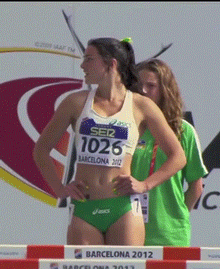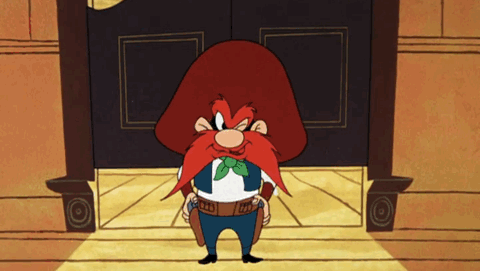Some edited thoughts from Hollinger - he actually has Holmgren in a tier below Jabari and Banchero. Also, he hates this whole draft basically - what a year for us to win the lottery

1. Jabari Smith Jr. | 6-10 freshman |PF | Auburn
Smith is an unusual player for a top overall pick because he didn’t always dominate games athletically. He had unusually low rates of rebounds, blocks and steals for a prospect of this caliber and shot just 43.9 percent on 2s in SEC games.
So what’s the case for Smith? Let’s start with his jumper, which is just smooth as butter. Smith might have the best shooting form of any prospect I’ve evaluated since Michael Porter Jr. launching perfect parabolas toward the rim and having the footwork to get into this stroke during live play. At a legit 6-10, Smith can rise over anybody and launch, providing something of an offensive cheat code that should set up the rest of his game as he develops.
Meanwhile, his athletic gifts are also pretty significant. Smith can slide his feet like a guard, plus his length allows him to play a half step farther off dribblers and cut off any driving angles. He also rarely gets faked off his feet, a bugaboo for a lot of bigs who otherwise can hold up on switches. Quick, hard changes of direction occasionally leave him a step behind, but he also has the “catch-up” ability to get back in the play and block shots from behind.
Finally, there’s the age issue. With a May 2003 birthdate, Smith is six months younger than Banchero and a full year younger than Holmgren. He’s physically young too, as he’s still pretty clearly growing into his body. In a draft without a surefire future All-Star, he seems the one most likely to earn that honor.
2. Paolo Banchero | 6-10 freshman | PF | Duke
Prospect-wise, Banchero isn’t perfect. He’s not an elite athlete or a great defender, his arms are a bit short for a big, and his shooting stroke could stand to be more consistent (33.8 percent from 3 and 72.9 percent from the line). He’s a bit on the older side for a one-and-done, and his rates of steals and blocks are pretty sad for a lottery prospect.
Banchero is also an attacking, off-the-dribble shot creator at 6-10, and he’s not some shot-hunting pig either. He averaged an eye-opening 6.3 assists per 100 possessions last season, often acting as a de facto point guard for a Duke team that didn’t have a true lead guard. It’s pretty easy to envision a world in which he’s his team’s best or second-best offensive option. Defensively, Banchero’s lack of length gives him issues contesting shots and protecting the rim, which might limit his utility as a small-ball five. Otherwise, I thought his tape was pretty good.
Overall, he’s a fairly safe bet as a high-production four, one with plus offense and who can get to the point of being solid defensively.
4. Chet Holmgren | 7-1 freshman | C | Gonzaga
A lot of the concerns about Holmgren have to deal with his frame. At 7-1 and just 195 pounds, will he be more prone to injuries? Will he hold up to the pounding of a routine NBA game multiplied by 82? The visual is hard to ignore — he looks like somebody might break him in half. The real thing to wonder about with Holmgren is whether drafting a 7-1 center in the top five makes any sense unless he’s basically guaranteed to play in the All-Star game. Holmgren definitely has some huge positives — few bigs have shown as much juice off the dribble at a young age, his 3-point shot is already reliable enough to be a passable long-range floor spacer (39.0 percent from 3 as a freshman), and he finishes everything around the basket (73.7 percent on 2s). Holmgren also controls the paint like few others, with an absurd 12.6 percent block rate and 28.7 percent Defensive Rebound Rate.
Three issues prevent him from ranking higher. First, the skinny body really limits his ability to have any kind of post game, offensively he’s trending toward Myles Turner. Second, nobody talks about this, but Holmgren is a year older than most freshmen, with a May 2002 birthdate. For comparison, the next player on my board, Bennedict Mathurin, has played two years at Arizona but is a month younger than Holmgren. Lastly, the defensive tape is perhaps not quite as awesome as the stats might make you believe, particularly in switch situations. The Synergy stats say he performed well against isolations, but several of those plays featured missed bunnies at the rim, and the sample is small enough that it matters. Holmgren typically gave up a driving lane to one side and then relied on his length to contest at the summit, but often didn’t get there in time.
Because of that, this is probably the best slot for Holmgren. I’m not a huge fan of drafting centers, as you can tell, but the risk-reward equation turns more positive after the first three names are off the board.
Hollinger: My top 20 players for the 2022 NBA Draft



























